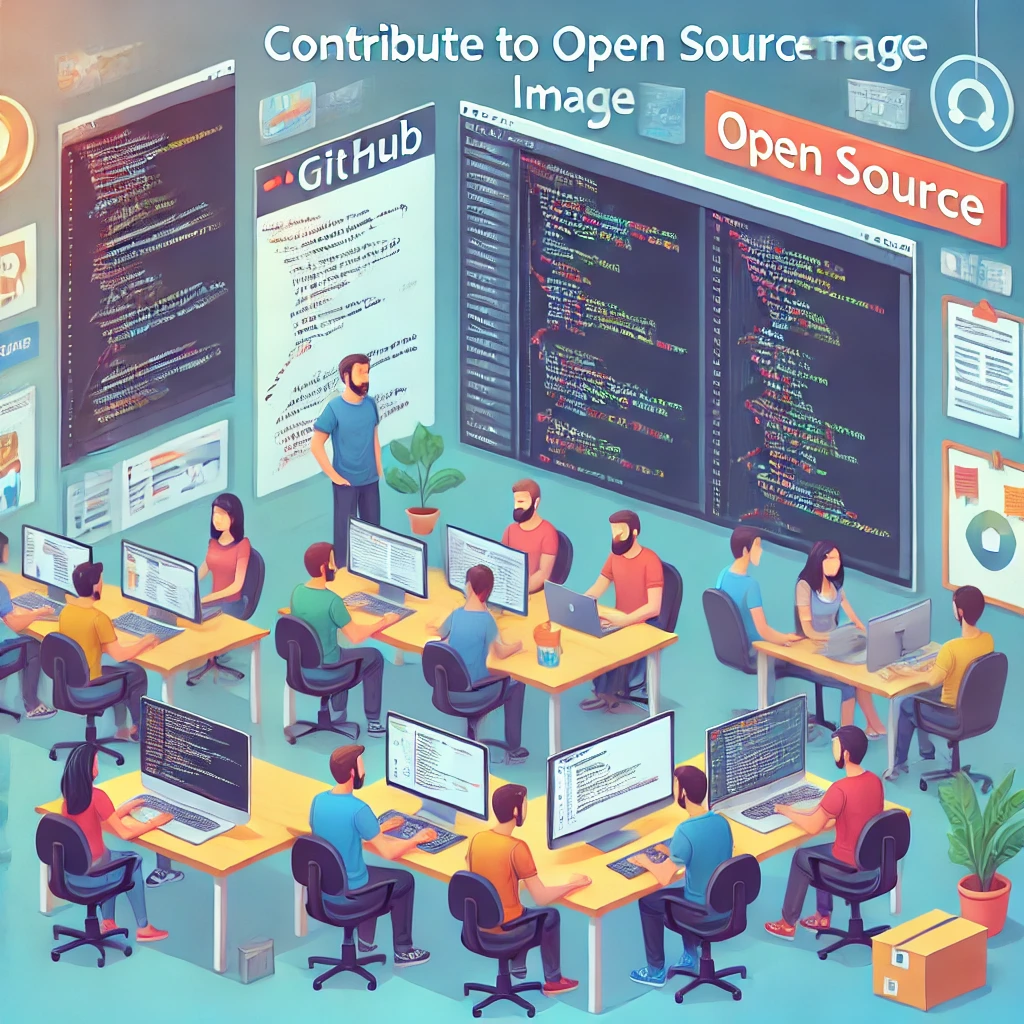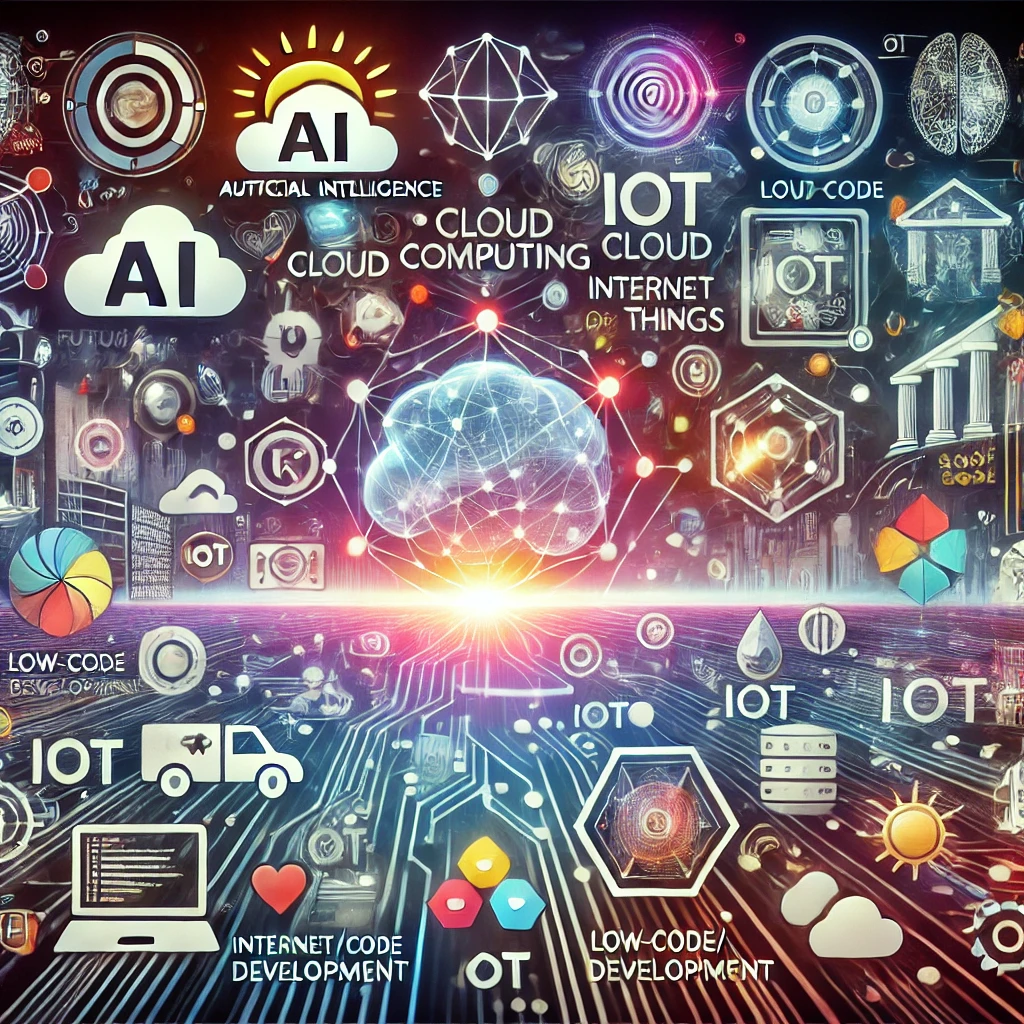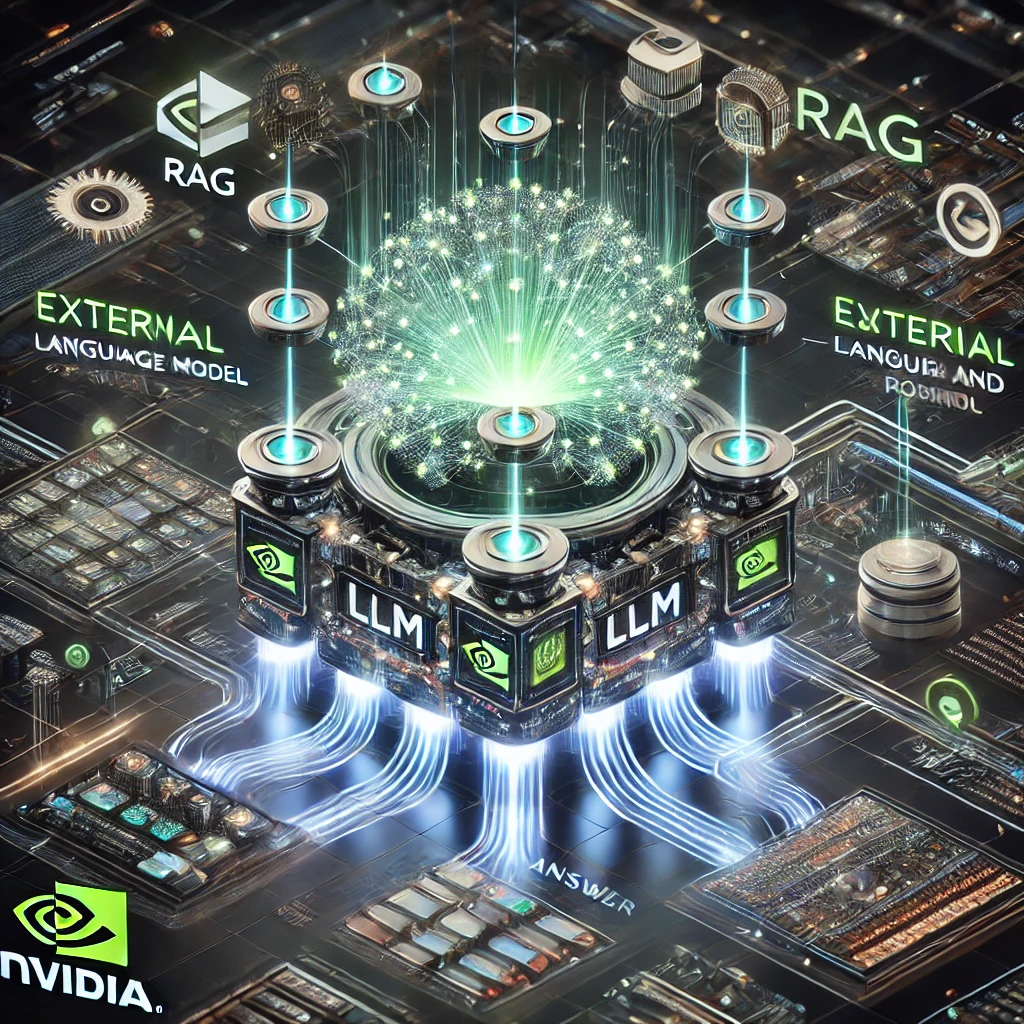Table of Contents
- Introduction
- Artificial Intelligence and Machine Learning
- Progressive Web Apps (PWAs)
- WebAssembly
- Serverless Architecture
- GraphQL
- Low-Code and No-Code Development
- Conclusion
Introduction

Introduction
As we approach 2025, the landscape of web development is continuously evolving. With new technologies emerging and existing ones maturing, developers must stay updated on the trends shaping the web. This article explores which web technologies will trend in 2025, focusing on innovations that promise to enhance user experience, streamline development processes, and boost productivity.
Artificial Intelligence and Machine Learning
Artificial Intelligence (AI) and Machine Learning (ML) have been game changers in various industries, and web development is no exception. In 2025, expect to see more websites and applications integrating AI and ML capabilities. From chatbots that provide 24/7 customer support to predictive analytics that help businesses make data-driven decisions, the integration of AI and ML technologies will become increasingly prevalent.
For example, AI-driven algorithms can personalize user experiences by analyzing browsing habits and preferences. This not only improves engagement but also leads to higher conversion rates. As a result, developers will need to harness these technologies to stay competitive in the market.
Progressive Web Apps (PWAs)
Progressive Web Apps (PWAs) have gained popularity for their ability to combine the best of web and mobile apps. They offer fast loading times, offline capabilities, and improved performance, making them a preferred choice for businesses aiming to enhance user engagement.
In 2025, we can expect PWAs to become more mainstream, with more companies adopting them to reach a broader audience. This shift will also require developers to focus on creating responsive designs that provide seamless experiences across various devices and screen sizes.
WebAssembly

WebAssembly
WebAssembly (Wasm) is a binary instruction format that allows developers to run code written in multiple programming languages on the web at near-native speed. This technology enables high-performance applications, such as games and graphics-intensive applications, to run seamlessly in web browsers.
By 2025, the adoption of WebAssembly is expected to rise, allowing developers to build more complex applications that were previously limited to native platforms. This trend will necessitate a shift in how developers approach performance optimization and application architecture.
Serverless Architecture
Serverless architecture is transforming how applications are built and deployed. Instead of managing servers, developers can focus on writing code while the cloud provider handles server management. This approach not only simplifies deployment but also reduces costs, making it an attractive option for businesses.
In 2025, the serverless paradigm will likely continue to trend, as more companies seek to streamline their development processes. Developers will need to become familiar with serverless frameworks and tools to leverage this technology effectively.
GraphQL
GraphQL is a query language for APIs that enables clients to request only the data they need, resulting in faster and more efficient data fetching. This technology has gained traction due to its flexibility and efficiency compared to traditional REST APIs.
In 2025, GraphQL is expected to become the go-to choice for developers looking to create robust APIs. Its adoption will require developers to understand the intricacies of GraphQL schema design and implementation, making it essential to keep pace with this evolving technology.
Low-Code and No-Code Development

Low-Code and No-Code Development
Low-code and no-code development platforms empower users to create applications with minimal coding knowledge. These platforms streamline the development process, allowing for rapid prototyping and deployment.
By 2025, we can anticipate a significant increase in the adoption of low-code and no-code solutions, particularly among businesses looking to innovate quickly without relying heavily on developer resources. This trend will necessitate a shift in how developers approach application development, emphasizing collaboration with non-technical stakeholders.
Conclusion
As we look toward 2025, the web development landscape will continue to evolve, driven by innovative technologies that enhance user experiences and streamline development processes. Staying updated on which web technologies will trend in 2025 is crucial for developers looking to remain competitive in the market. Embracing these trends will not only lead to better applications but also position developers at the forefront of the industry.



One Reply to “Top 7 Web Technologies That Will Trend in 2025”